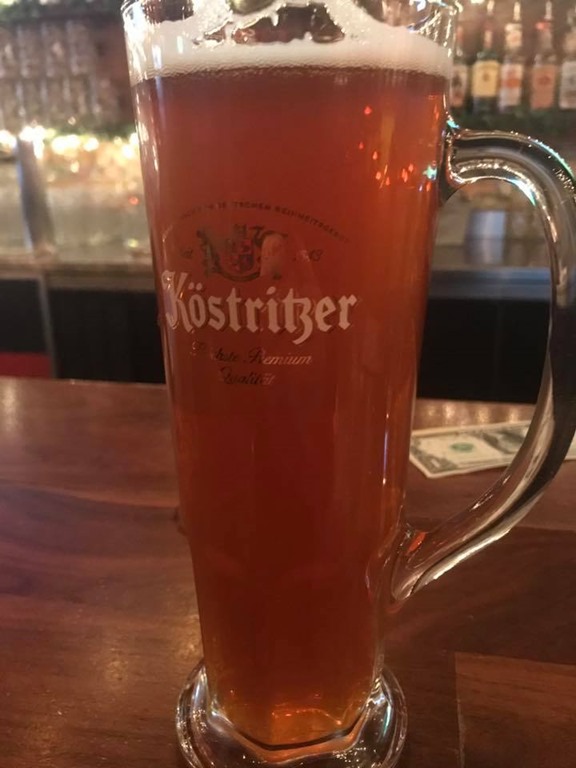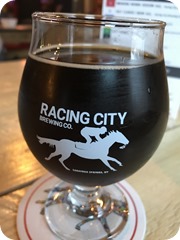Tag: Beer
-
Oswego Brewing Company
So I got up this morning and Dad mentioned that there was a new brewery opening today in Oswego. I told him I already knew about it and asked him if he’d want to go. Dad said sure. Now, if you know Dad, he isn’t the beer connoisseur I am so I wondered what piqued
-
Labatt Brewery, London, Ontario
I had the opportunity to visit the Labatt flagship brewery the other day. It was a bit sad because they pushed Budweiser products and were packaging Budweiser products – not the beer that they were known for. Labatt is an older brewery having been in London since 1847…quite a long stretch. The current brewery is
-
Wolff’s Biergarten and Wurst Haus
I had to be in Troy for a wake of a friend’s father. Since I usually am not in the Albany area on a weeknight I decided to mosey on over to a place I wanted to try for a while. I had originally found Wolff’s when I was here on my training/house hunting journeys…but
-
Racing City Brewing Company
It is no secret that I am a fan of the local beer scene…there are over 393 breweries in New York, the most since 1876 (Dad remembers that well, right?) You may recall that last January the Olde Saratoga Brewing Company went under. Well, a new brewery opened up just a minute down the street
-
Beyond the Museums
As you already have read, I traveled out to Springfield this past weekend. While I love Doctor Seuss (he is from Springfield and was a Lutheran and it was his birthday), I just couldn’t pass the opportunity to visit a brewery I discovered in December. So after leaving the museums, I embarked on a journey to find the famed




